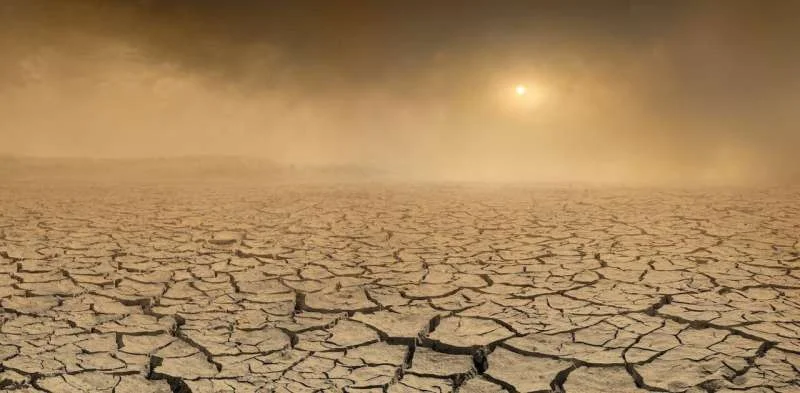Around the world, rainforests are turning into savanna or farmland, savannas are drying up and turning into deserts, and frozen tundra is melting. Indeed, scientific studies have documented similar “regime shifts” in more than 20 different ecosystem types where tipping points have been crossed. Worldwide, more than 20% of ecosystems are in danger of changing or becoming something else.
These crashes can happen sooner than you think. Humans are already putting pressure on ecosystems in various ways that we call stress. And these stresses, combined with an increase in climate-induced extreme weather conditions, could push the date these tipping points cross forward by 80%. This means that ecosystem collapse, which we could previously expect to avoid by the end of this century, will only happen in the next few decades. This is the grim conclusion of our latest published study. Nature Sustainability.
Population growth, growing economic needs and greenhouse gas concentrations are putting pressure on ecosystems and landscapes to sustain essential services such as food supply and clean water. The number of extreme climate events is also increasing and will only get worse.
What really worries us is that extreme climatic conditions can hit ecosystems that are already under pressure, creating new or increasing pressures on other ecosystems, etc. This means that a collapsing ecosystem can affect neighboring ecosystems through successive feedback loops: an “ecological disaster” scenario with devastating consequences.
How long until collapse?
In our new study, we wanted to get an idea of the level of stress that ecosystems can withstand before they collapse. We did this with the help of models, which are computer programs that simulate how the ecosystem will work in the future and how it will respond to changes in conditions.
We used two general ecological models representing forests and lake water quality, and two site-specific models representing fisheries in Chilika Lagoon in the eastern Indian state of Odisha and Easter Island (Rapa Nui) in the Pacific Ocean. These last two models explicitly involve interactions between human activities and the natural environment.
An important feature of each model is the presence of feedback mechanisms that help keep the system stable and stable when the pressures are weak enough to absorb them. For example, fishermen in Chilika Lake tend to prefer to catch mature fish, even though fish stocks are plentiful. As long as enough adults remain for breeding, it can be stable.
However, when the stress is no longer absorbable, the ecosystem suddenly passes a point of no return – a tipping point – and collapses. In Chile, this can happen during times of famine when fishermen increase their juvenile catches, further undermining the recovery of fish stocks.
We used the software to run more than 70,000 different simulations. In all four models, combinations of stress and extreme events pushed the predicted tipping point date forward by 30-80%.
This means that an ecosystem predicted to collapse in the 2090s due to a slow increase in a single stress factor such as global temperature could collapse in the 2030s in the worst-case scenario, if we consider other problems such as excessive precipitation, pollution. or a sudden increase in the use of natural resources.
More importantly, about 15% of ecosystem collapses in our simulations occurred as a result of new stresses or extreme events, while the underlying stress remained constant. In other words, even if we believe that we are managing ecosystems sustainably by keeping baseline stress levels stable, for example, by regulating fisheries, we better watch out for new stresses and extreme events.













